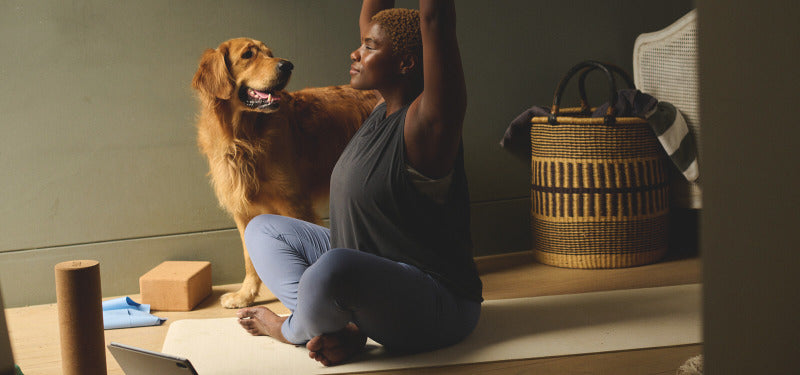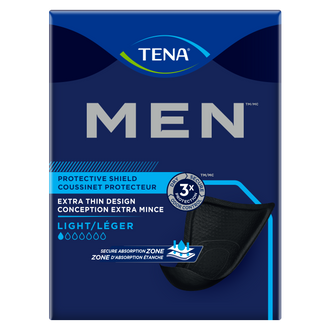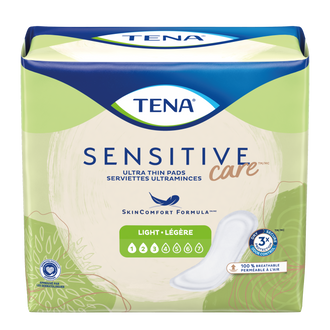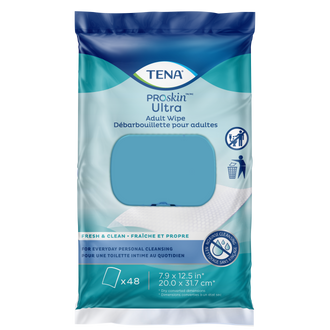Many women ask themselves the question, why should I do pelvic floor exercises? There is a very good reason – a strong pelvic floor prevents incontinence.
Jun 12, 2024
Many women ask themselves the question, ‘why should I do pelvic floor exercises?’ There is a very good reason: a strong pelvic floor prevents incontinence.
What are the Pelvic Floor Muscles?
Think of your pelvic floor muscles as a supportive hammock inside your body. They hold up your bladder, uterus, and bowel, helping everything stay in place and function properly.1 These muscles also play a big role in bladder control. When they’re strong, they help prevent leaks; when they’re weak, well… accidents can happen.
What Causes Pelvic Floor Muscle Weakness?
Pelvic floor weakness is super common, and it happens for a variety of reasons, some of which are just a natural part of life.
- Life stages: Pregnancy, childbirth, menopause, and aging can all put extra strain on these muscles.2
- Lifestyle factors: Chronic coughing, constipation, heavy lifting, and even high-impact sports can stress the pelvic floor over time.
- Other factors: Hormonal changes can also contribute to muscle weakness.2
Want to know more? Learn about the connection between pregnancy and incontinence and incontinence during menopause.
The good news? You’re not alone, and there’s nothing to be embarrassed about. It’s a common issue, and there are ways to strengthen these muscles and regain control.
Symptoms of Pelvic Floor Muscle Dysfunction
Wondering if your pelvic floor muscles might be struggling? Here are some signs to look out for:
- Urinary incontinence: In adults, urinary incontinence describes involuntary and unintentional urination.1 There are several types, including stress incontinence and urge incontinence.
- Leaks when laughing, sneezing, or exercising: Yep, that’s common too, especially after pregnancy.1 If you’ve ever peed when you coughed or sneezed, you’re not alone.
- A frequent, urgent need to go: Always running to the bathroom?1 This could be a sign of polyuria.
- Trouble fully emptying your bladder: Feeling like you always need to go again.
- Pelvic pressure or heaviness: A sensation that something is weighing you down.
These symptoms can be frustrating and even impact your quality of life. But the good news is that there are solutions. Strengthening your pelvic floor can make a big difference, and there are plenty of resources to help along the way!
Why Are Pelvic Floor Exercises So Effective?
Your bladder is kept in place by a number of muscles in the pelvic floor. As long as these muscles function well, you retain control of urination. However, when the muscles lose their resilience due to age, post-pregnancy or other factors, leaks can occur. Pelvic floor exercises help you counteract this and manage incontinence better.
Are Pelvic Floor Exercises Right for Me?
If you suffer from little leaks or other forms of urinary leakage, pelvic floor exercises can help you manage these. It’s not just for the post-pregnancy period — women at many different stages of life have enjoyed the benefits they can deliver.
Pelvic Floor Exercises: Do Them Anywhere, Anytime
The great thing about pelvic floor exercises is that you can do them anywhere, and at any time. At home, at work, on the bus, even sitting in a meeting or enjoying a dinner date. They can be done so discreetly that no one will notice. All you need to do is remember to fit them into your daily routine somewhere. So how can you get started? Here’s our guide and some of the best pelvic floor exercises to try.
Step 1: Find Your Pelvic Floor muscles
You can do this by stopping or slowing down the flow of urine midway through emptying your bladder. Stop the flow for a second or two, then relax and finish emptying as normal. Doing this is not a pelvic floor exercise in itself and should only be used for identifying the right muscles for exercising.
Step 2: Work on Your Technique
The technique behind pelvic floor exercises is not difficult, however it will take practice before you can perform it effectively. Start by relaxing the muscles in that area of your body just as you would when urinating or passing wind.
Tighten the muscles gently so you can feel the pelvic floor muscles lifting and drawing together. If you can’t feel anything, change position and try again. For example, lie down or take a seat if you’ve been standing up.
After contracting, it’s important to relax the muscles and not exert yourself too hard. You should feel the technique predominantly in the lower pelvic area. If you’re in any doubt about your technique, contact a healthcare professional for advice.
Step 3: The Pelvic Floor Exercise Routine
Simple clench
Start off by doing the exercises lying down. This makes it easier to clench effectively. To isolate the pelvic floor muscles, start by clenching the muscles around your back passage. Then continue clenching around the vagina and urethra. Keep clenching as if you were holding something in your vagina. Your buttocks and thighs should be relaxed. Keep clenching for two seconds, then relax for two seconds. Repeat as many times as you can.
Strength clench
Clench the pelvic floor muscles as tightly as you can. Hold for five seconds. Relax for five seconds. Repeat 5-10 times.
Endurance clench
Clench with medium tightness for as long as possible. Try to hold the clench for 60 seconds. Do this each time you’ve finished a session of strength clenching.
Quickness clench
Clench as hard as you can for two seconds. Then relax for two seconds. Do this 5-10 times a day and each time you feel a sneeze, cough or laugh coming.
How Often Should You Exercise Pelvic Floor Muscles?
When it comes to doing Kegels to strengthen your pelvic floor, consistency is everything. It’s way more effective to do them regularly than to go all out once in a while. Aim for three times a day, with 8–10 repetitions per session.
An easy way to make Kegels part of your routine? Pair them with daily habits! Try doing them while brushing your teeth, waiting at a red light, or even watching TV.1 Setting a reminder on your phone can also help you stay on track. With regular practice, you’ll start to notice a difference in your pelvic floor strength and bladder control. Keep at it!
Explore Our Range of Discreet Incontinence Products for Women
Female incontinence can have many causes. Not all bladder and urinary leakage issues can be improved using pelvic floor exercises. If you are in any doubt about your condition or symptoms, we recommend consulting a healthcare professional.
If you need further help managing urinary leakage, we offer a wide range of discreet, effective products for women. We also recommend reading other women’s stories about how they learned to live a full life, uncompromised by their bladder weakness.
Having trouble deciding what product to use for incontinence? Shop TENA: Women's Incontinence Products or Women’s Incontinence Pads.
References
1. Cleveland Clinic. ‘Pelvic Floor Muscles’. 2022. Available from: https://my.clevelandclinic.org/health/body/22729-pelvic-floor-muscles
2. Cleveland Clinic. ‘Urinary Incontinence’. 2023. Available from: https://my.clevelandclinic.org/health/diseases/17596-urinary-incontinence







